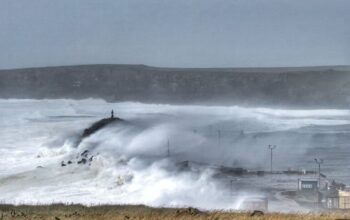The cyclone has left more than 90 dead, and officials expect the death toll to rise in Madagascar.
Initially, 29 people were believed to have died, but a local MP has confirmed that the number is closer to 96
The following written content from Lynsey Chutel
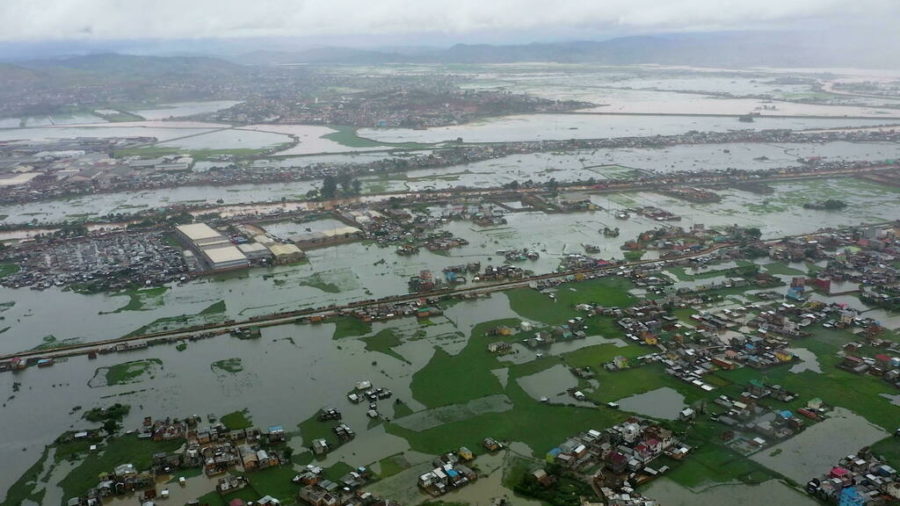
Over 90,000 residents were left with damaged or destroyed homes after the storm hit the island’s southeastern coast on Saturday.
The island nation was still reeling from the effects of Tropical Storm Ana when the new storm struck, killing more than 20 people and displacing thousands.
Aid groups in Madagascar were surveying widespread damage on Tuesday from Cyclone Batsirai, the second devastating storm to batter the island nation in less than a month, leaving more than 20 people dead and tens of thousands without homes.
The storm slammed into the island’s southeast on Friday, battering coastal towns and villages before moving across inland areas and flooding crops. It spun off the island from the west coast on Monday, causing flash floods in a desert area, aid groups said.
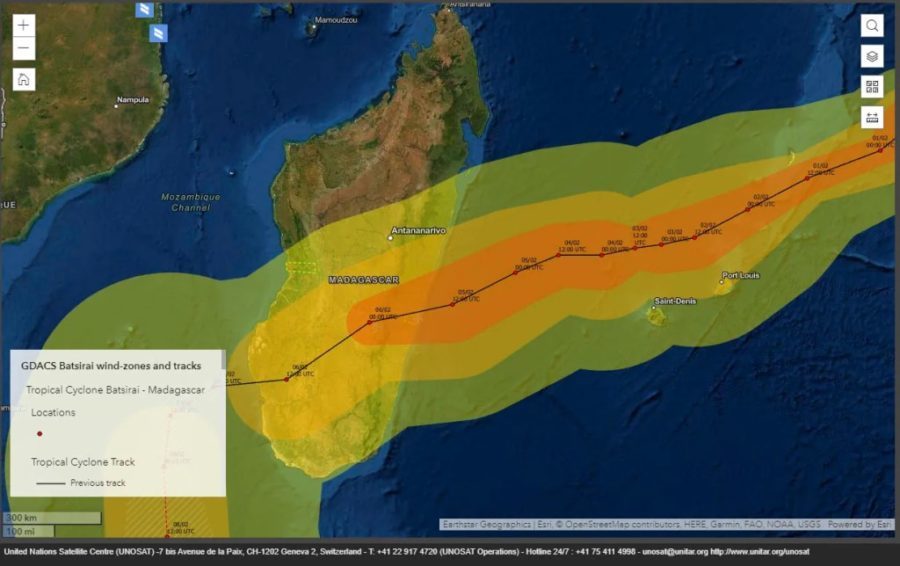
The toll of devastation and death could worsen, officials warned, as relief workers begin reaching the most heavily affected areas. Already, the United Nations Children’s Fund said, more than 60,000 people are known to have been displaced across the island nation, which lies off the southeastern coast of continental Africa.
In the last decade, as climate patterns in the southern Indian Ocean have changed, areas of Madagascar unaccustomed to storms have been caught unprepared. The storms and resulting floods have also become more intense, and deforestation has made the island’s hinterland more vulnerable, aid agencies said.
The new storm formed in the Indian Ocean just three weeks after Tropical Storm Ana left more than 70 people dead as it passed over Madagascar and the continental nations of Malawi and Mozambique. Madagascar suffered the highest number of fatalities, 55.
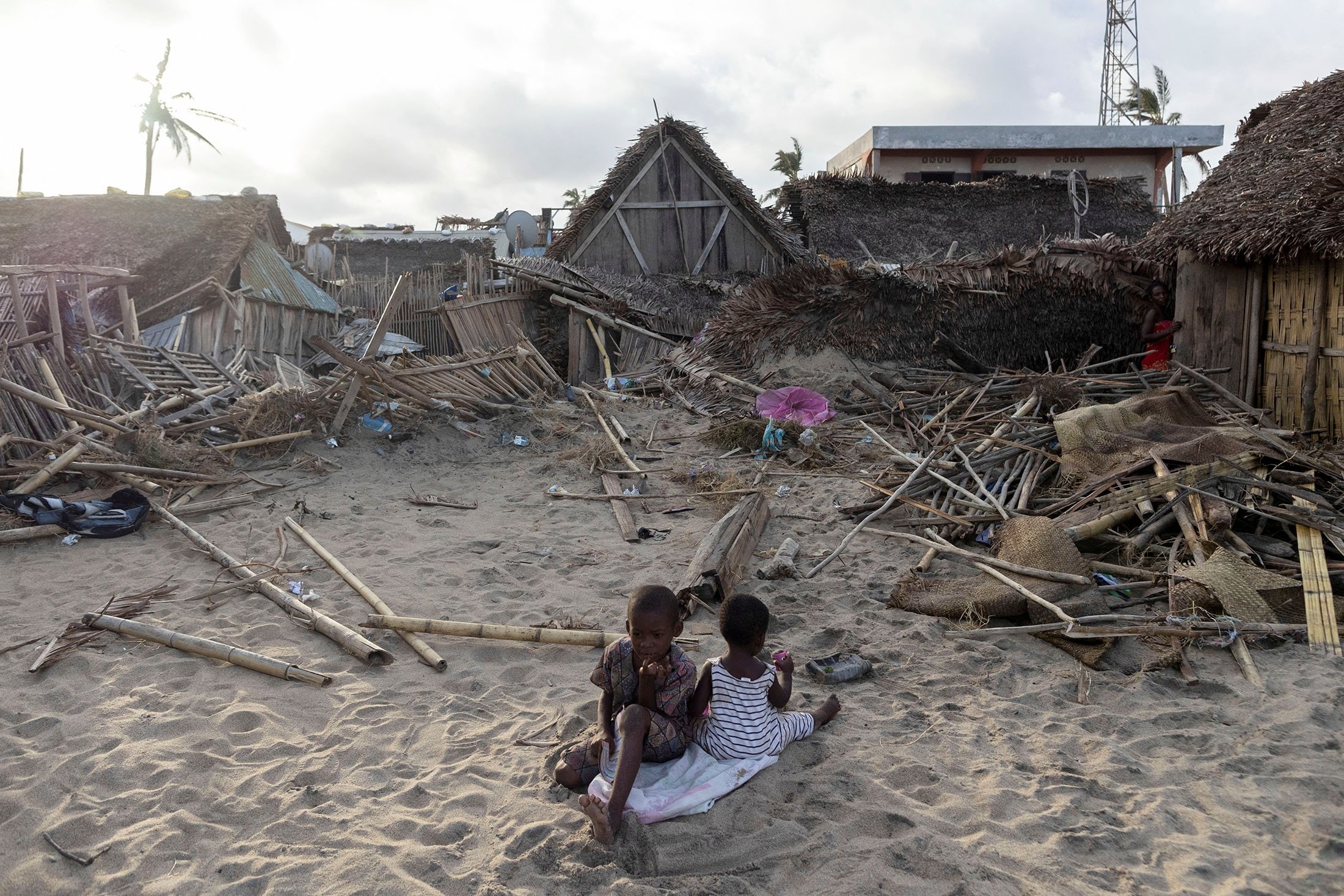
In the city of Mananjary, on Madagascar’s east coast, residents sheltered in their homes as the storm made landfall on Friday evening, said Carla Fajardo, the country representative for Catholic Relief Services.
Facing heavy rains and winds of up to 102 miles per hour, those living in wooden homes with thatched roofs sought shelter with relatives and friends living in sturdier houses. When the severe weather rattled cement-block houses and ripped off their roofs, residents moved again, this time to huddle in churches and other relief centers set up around the city.
Wind gusts reached 149 miles per hour as the night wore on, causing sea levels to rise and the town’s canals to flood, while ripping the roofs from buildings and leaving thousands exposed. Nearly 26,000 people were displaced in Mananjary alone.
The town’s hospital was also badly damaged. Patients and staff took refuge in the recently built surgical and maternity wards, the only parts of the hospital that withstood the storm, Ms. Fajardo said. Aid officials fear that some inmates in the local prison may not have been rescued in time.
Madagascar’s president, Andry Rajoelina, visited the devastated town on Monday, tweeting images of palm trees strewn across roads, and a church with sheets of its corrugated metal roof twisted off.
As aid agencies began reaching the affected areas, the damage in Mananjary hinted at a widespread humanitarian disaster in towns that are still inaccessible. In Mananjary, fruit tries had been ripped out, and rice paddies flooded, while safe water was scarce, said Pasqualina Di Sirio, country director for the World Food Program in Madagascar.
“There are other areas where we just don’t know,” Ms. Di Sirio said. Relief may not reach those areas until the end of the week, she warned. Read more from NYT
Subscribe here
Dozens killed thousands flee in Africa tropical storm
The following written content from BBC From an earlier post

Southern Africa has been hit by flooding that has left more than 70 dead across the region in the wake of Tropical Storm Ana.
Madagascar has seen at least 48 deaths and 130,000 people have been forced to flee their homes to makeshift shelters.
In Malawi, at least 11 people have died. The country has suffered a nationwide power cut and some areas have been declared disaster zones.
Mozambique, meanwhile, has reported 18 deaths.

But officials there say the true number is still unknown, with 20,000 affected by the flooding.
In Mozambique, Ana destroyed 10,000 homes and dozens of schools and hospitals, while downing power lines.
Heavy rain and thunderstorms have continued to hit some regions even after the storm’s passage, contributing to the flooding.
Prime Minister Carlos Agostinho do Rosário said that his country was not begging for help – but the challenge was bigger than any one country’s ability to tackle it.
And he pointed to the increasing frequency and intensity of extreme weather events.
“We are a country that does not contribute much for climate change, and yet we are one of the countries that suffer the most from its impact,” he said.
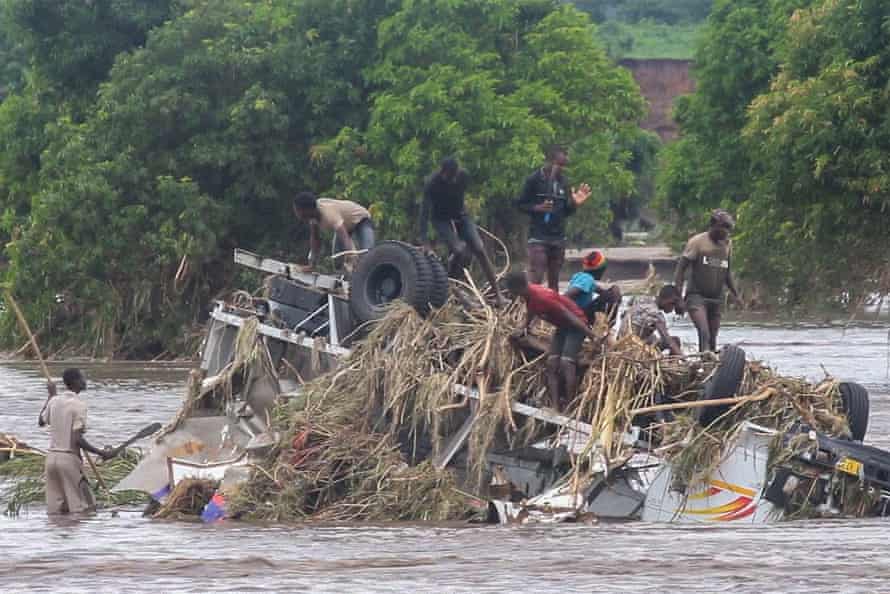
He has called for international aid – and Unicef, the United Nations a children’s charity, said it was deploying staff to the country to help the 45,000 people it estimated will need humanitarian aid.
UN Resident Coordinator in Mozambique, Myrta Kaulard, said “vulnerability is very, very high”.
“The challenge is titanic, the challenge is extreme,” she said.
Malawi has declared a state of natural disaster.
Floods hit electricity infrastructure as well as homes, leaving beleaguered towns in darkness as the water rose. Power has started to come back for many, after days of blackouts.
Some 44 emergency camps have been set up to deal with thousands of displaced and injured people.
“This is devastating. Look, all my maize crop has been buried. I planted one and half acres. All the crop is gone,” Roben Mphassa, a farmer in the Chikwawa area in Malawi, told Reuters.
“This disaster is the second one I’ve experienced in my life. But this is the worst.”
While Noria Kananji said the storm took the roof off her home and four homes nearby had been destroyed.
Madagascar was the first nation hit, as the storm made landfall on Monday, and has reported the most confirmed deaths. Schools and gyms in the capital, Antananarivo, have been transformed into emergency shelters for the displaced.
“We only brought our most important possessions,” Berthine Razafiarisoa, who took shelter in one with his 10-strong family, told Agence France Press. Read more from BBC





